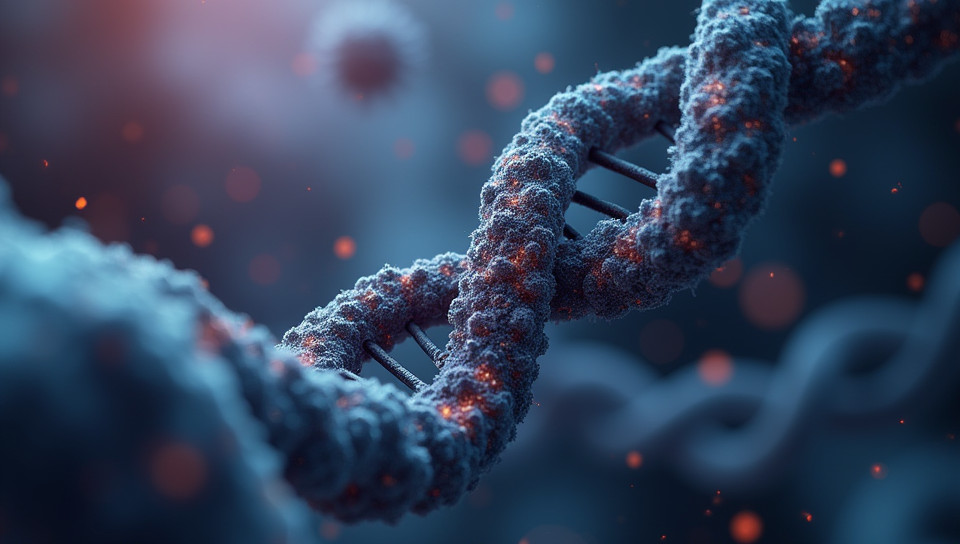Inserting foreign DNA can cause cellular damage 86%

The Hidden Dangers of Foreign DNA
Imagine a world where scientists can cure diseases, improve crop yields, and even bring back extinct species with the simple insertion of foreign DNA into cells. Sounds like science fiction? Not quite. Genetic engineering has made tremendous strides in recent years, allowing us to manipulate DNA with unprecedented precision. However, this same technology also poses significant risks to cellular health.
The Risks of Foreign DNA Insertion
When scientists insert foreign DNA into cells, they are essentially introducing a foreign entity that can disrupt the natural functioning of the cell. This disruption can lead to a range of problems, including:
- Genetic instability
- Uncontrolled cell growth
- Chromosomal abnormalities
- Increased risk of cancer
The Mechanisms of Cellular Damage
Foreign DNA insertion can cause cellular damage through several mechanisms. Firstly, the integration of foreign DNA into the host genome can disrupt the normal functioning of nearby genes, leading to genetic instability and increased risk of mutations. Secondly, the presence of foreign DNA can trigger the cell's defense mechanisms, such as the activation of the immune system or the initiation of apoptosis (programmed cell death). This can lead to uncontrolled cell growth and chromosomal abnormalities.
The Consequences of Cellular Damage
The consequences of cellular damage caused by foreign DNA insertion can be severe. In some cases, it can lead to the development of cancer, as cells with damaged DNA are more likely to become malignant. Furthermore, the introduction of foreign DNA into non-target cells can have unintended consequences, such as altering the behavior of cells or disrupting the balance of the ecosystem.
Conclusion
While genetic engineering has the potential to revolutionize various fields, it is essential that we understand the risks associated with inserting foreign DNA into cells. As scientists and researchers, we must exercise caution when working with this technology and take steps to mitigate its potential consequences. By doing so, we can harness the power of genetic engineering while minimizing the risks to cellular health.
- Created by: Yìhán Guō
- Created at: Dec. 27, 2024, 2:16 p.m.
- ID: 17154







